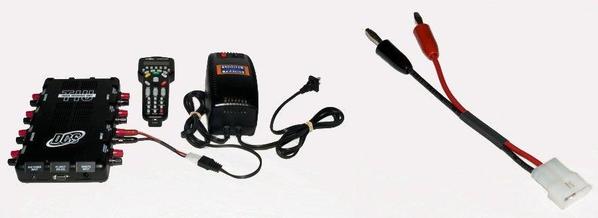01. I occasionally look in on discussions on train devices plugged into the 120v house system, mainly from a concern for safety. Most here will know that only transformers plugged into wall sockets (et cetera) generally will have a UL label (both ZWs do not have one). Certain requirements go with this or comparable label; I believe the toy transformer standard is maintained by the UL organization, which now means it is open to review every 3rd year. Compliance with UL requirements will vary with jurisdiction involved.
02. It is probably not well know here that the concept of the first "brick"--the Lionel 135-watt version-- was based on implementation of a fundimental change to the toy train transformer standard. The requirement, that toy transformers have a circuit breaker capable of interrupting any current the particular transformer was capable of delivering under any connection arrangement, was dropped without comment.
03. I knew this meant that a system of "cascaded" protection was in place (this means the various protections were located in a series of different devices, from upstream to downstream. I opened my 135w brick, and determined it did not contain heavy short protection. There was one supervised set of contacts. Two failure modes would fit two particularly clear posts here at that time 20+ years ago: contacts burned open, or contacts welded closed.
04. I recognized that the TIU did not have heavy short protection, and recommended that it needed protection for itself. I believe I was the first to recommend this, despite not actually having one. (I'll note here that automotive fuses of the type fitted are not "fast" fuses --the fuse elements are flat, which radiate heat faster, making them slower.)
05. I recommend that if a TUI must be powered from a Lionel "brick", the brick cord should not be altered but simply attached to the proper sized "lineside shack" containing a supervised contact (3rd rail wire) with wire attachment devices in the later versions. This will avoid heavy shork damage to the brick; possible damage to the TUI may depend on the version.
06. Heavy shorts are difficult to create, but i do recommend breaking any habit of checking breaker operation by shorting the 3rd rail to an outer rail using pliers or screwdriver. At a minimum, calibration in the breaker system may be altered over time.
07. IMHO, I think the 180w brick is toast, altho the situation posts are not totally clear.
08. GRJ, I have an opinion on power loss in DCS signal loss. Power is adequate up to several football field lengths (was it 3?). Signal distortion was the problem above 135 feet of track on the MTH test track (in northern D.C.). Lacking a carrier wave, roadbed materials show a capacitance variation in the roadbed materials with the range of frequencies found in the signal. The 175' yard lead lost signal at its far end and being the 20th and last possible block (due more elaborate engine signups requiring a separate block, taken out of the yard lead), it could not be corrected. I eventually realized that the light bulb trick 40' out on the yard lead would have corrected this problem. Bulb data follows. It gives nanohenrys, in somewhat the same range as nanofarads for the capacitance variation. I've lost all but the bulb itself. The farads have a divisor of 2pi, IIRC, for you calculators. Test track Gargraves, wood ties, one rail dead (used for signal circuit--not DCS signal.) Wood base had most cap variance, IIRC; thin crushed rock ballast at little more. The layout was in a space 45 feet square, with a corner about 15 x 22 devoted to TMCC engines; I think there was a provision to convert the main lines (mostly double track, some sidings) to TMCC, but cannot recall how wired---except dim memory it was all TMCC originally.
00. END --Frank







